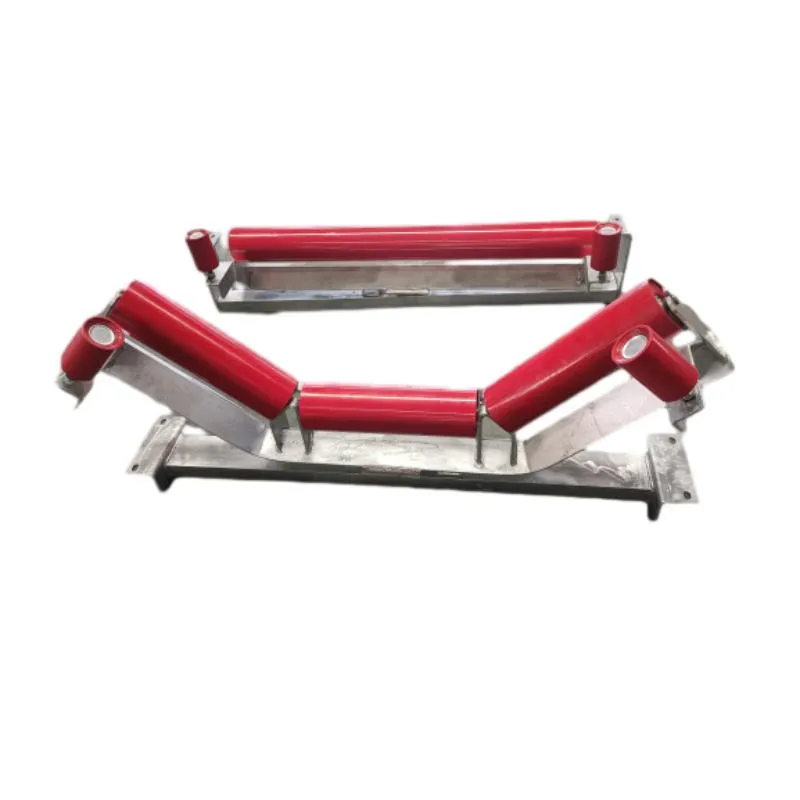 Afrikaans
Afrikaans  Albanian
Albanian  Amharic
Amharic  Arabic
Arabic  Armenian
Armenian  Azerbaijani
Azerbaijani  Basque
Basque  Belarusian
Belarusian  Bengali
Bengali  Bosnian
Bosnian  Bulgarian
Bulgarian  Catalan
Catalan  Cebuano
Cebuano  Corsican
Corsican  Croatian
Croatian  Czech
Czech  Danish
Danish  Dutch
Dutch  English
English  Esperanto
Esperanto  Estonian
Estonian  Finnish
Finnish  French
French  Frisian
Frisian  Galician
Galician  Georgian
Georgian  German
German  Greek
Greek  Gujarati
Gujarati  Haitian Creole
Haitian Creole  hausa
hausa  hawaiian
hawaiian  Hebrew
Hebrew  Hindi
Hindi  Miao
Miao  Hungarian
Hungarian  Icelandic
Icelandic  igbo
igbo  Indonesian
Indonesian  irish
irish  Italian
Italian  Japanese
Japanese  Javanese
Javanese  Kannada
Kannada  kazakh
kazakh  Khmer
Khmer  Rwandese
Rwandese  Korean
Korean  Kurdish
Kurdish  Kyrgyz
Kyrgyz  Lao
Lao  Latin
Latin  Latvian
Latvian  Lithuanian
Lithuanian  Luxembourgish
Luxembourgish  Macedonian
Macedonian  Malgashi
Malgashi  Malay
Malay  Malayalam
Malayalam  Maltese
Maltese  Maori
Maori  Marathi
Marathi  Mongolian
Mongolian  Myanmar
Myanmar  Nepali
Nepali  Norwegian
Norwegian  Norwegian
Norwegian  Occitan
Occitan  Pashto
Pashto  Persian
Persian  Polish
Polish  Portuguese
Portuguese  Punjabi
Punjabi  Romanian
Romanian  Russian
Russian  Samoan
Samoan  Scottish Gaelic
Scottish Gaelic  Serbian
Serbian  Sesotho
Sesotho  Shona
Shona  Sindhi
Sindhi  Sinhala
Sinhala  Slovak
Slovak  Slovenian
Slovenian  Somali
Somali  Spanish
Spanish  Sundanese
Sundanese  Swahili
Swahili  Swedish
Swedish  Tagalog
Tagalog  Tajik
Tajik  Tamil
Tamil  Tatar
Tatar  Telugu
Telugu  Thai
Thai  Turkish
Turkish  Turkmen
Turkmen  Ukrainian
Ukrainian  Urdu
Urdu  Uighur
Uighur  Uzbek
Uzbek  Vietnamese
Vietnamese  Welsh
Welsh  Bantu
Bantu  Yiddish
Yiddish  Yoruba
Yoruba  Zulu
Zulu conveyor roller idler
Understanding Conveyor Roller Idlers Key Components in Material Handling
In the realm of material handling systems, conveyor roller idlers play a crucial role in the efficient operation of conveyor belts. These essential components not only support the workload of the conveyor system but also help maintain the alignment and tension of the belt, ensuring smooth and effective transportation of goods.
What Are Conveyor Roller Idlers?
Conveyor roller idlers are cylindrical rollers that are mounted on a frame and are integral to conveyor systems. They are typically placed in a horizontal arrangement beneath the conveyor belt, providing the necessary support for the belt as it carries heavy loads. These rollers are designed to minimize friction, allowing the belt to move more freely and efficiently.
Types of Conveyor Roller Idlers
Several types of conveyor roller idlers are commonly used in different applications
1. Impact Idlers Designed to absorb the energy generated by falling materials, impact idlers protect the conveyor belt and enhance its longevity. They are often used in loading zones where materials are dumped onto the belt.
2. Transition Idlers These idlers facilitate the transition of the belt from horizontal to inclined or declined positions. They help maintain the shape of the belt and offer support during these critical changes.
3. Troughing Idlers Used to create a trough shape, these idlers help contain the material being transported on the belt and prevent spillage, making them ideal for bulk material handling.
conveyor roller idler

4. Return Idlers Found on the underside of the conveyor belt, return idlers support the belt as it returns to the loading point. They maintain belt tension and prevent sagging over long spans.
Material and Design Considerations
The materials used in the manufacturing of conveyor roller idlers can significantly impact their performance and lifespan. Common materials include steel, rubber, and plastic. Steel is often preferred for heavy-duty applications due to its strength and durability. Rubber-coated idlers can provide additional friction, enhancing grip and reducing slippage.
Design considerations also play a vital role in the effectiveness of conveyor roller idlers. Factors such as roller diameter, width, and bearing type must be carefully selected based on the specific requirements of the conveyor system. Proper alignment and spacing between the idlers are crucial for optimal performance, as misalignment can lead to increased wear on both the rollers and the conveyor belt.
Maintenance of Conveyor Roller Idlers
To ensure efficient operation and prolong the lifespan of conveyor roller idlers, regular maintenance is essential. This includes inspecting the rollers for signs of wear and tear, lubricating bearings to reduce friction, and ensuring that all components are properly aligned. Addressing issues promptly can prevent costly downtime and enhance the overall efficiency of the material handling system.
Conclusion
Conveyor roller idlers are indispensable components in the field of material handling, providing crucial support and functionality to conveyor systems. Understanding their types, materials, and maintenance needs is essential for optimizing their performance and ensuring the longevity of the entire conveyor system. As industries continue to evolve, the demand for efficient and reliable material handling solutions will drive innovation in the design and application of conveyor roller idlers. Embracing these advancements is key to staying competitive in today’s fast-paced business environment.
-
Revolutionizing Conveyor Reliability with Advanced Rubber Lagging PulleysNewsJul.22,2025
-
Powering Precision and Durability with Expert Manufacturers of Conveyor ComponentsNewsJul.22,2025
-
Optimizing Conveyor Systems with Advanced Conveyor AccessoriesNewsJul.22,2025
-
Maximize Conveyor Efficiency with Quality Conveyor Idler PulleysNewsJul.22,2025
-
Future-Proof Your Conveyor System with High-Performance Polyurethane RollerNewsJul.22,2025
-
Driving Efficiency Forward with Quality Idlers and RollersNewsJul.22,2025





























